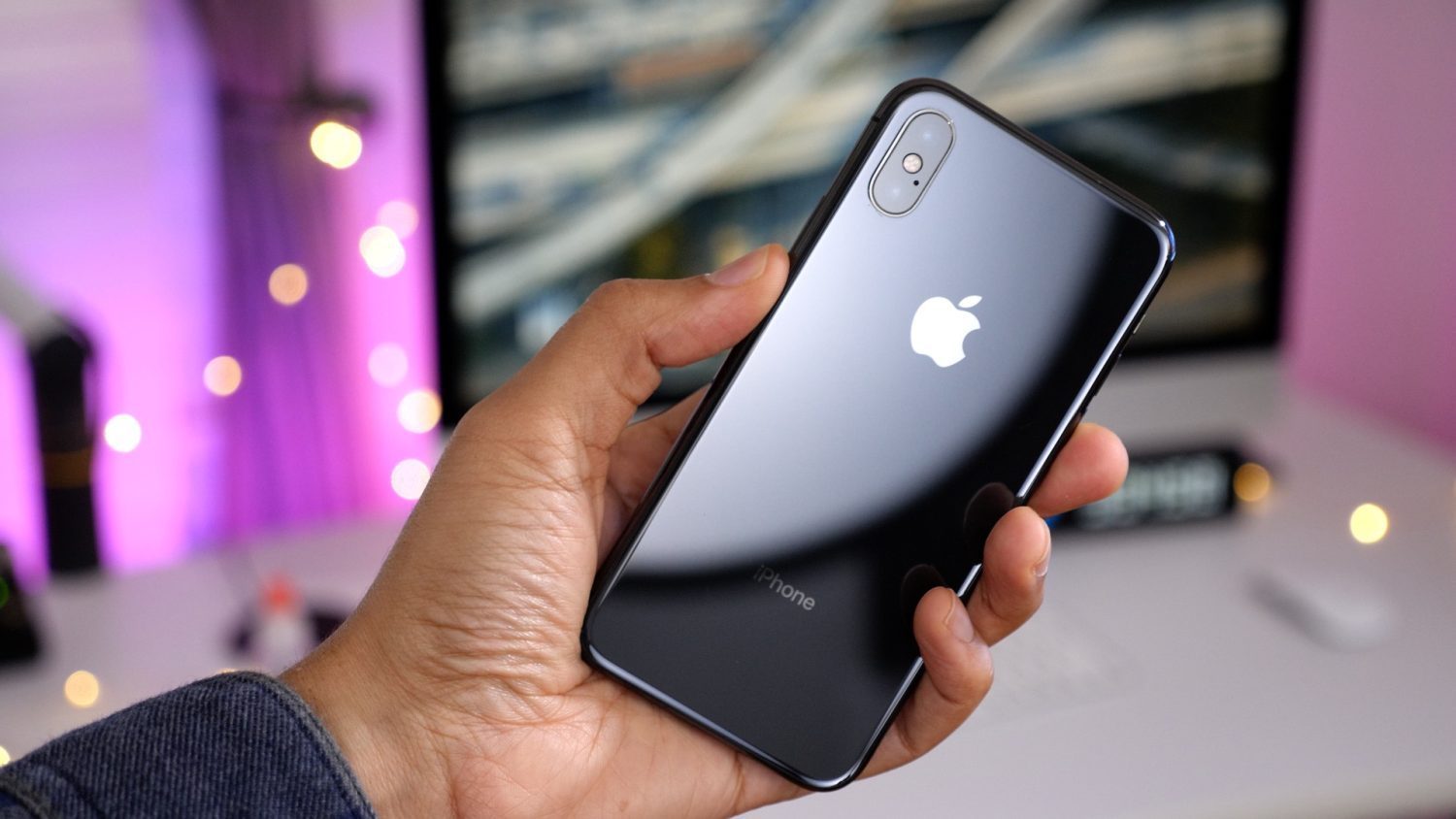

Just as big a gap exists between these two phones in performance terms. Rest assured that upgrading to the iPhone 12 will yield a massive improvement to your photos in all lighting conditions. Otherwise, both can capture excellent 4K 60fps footage.Īll in all, while the iPhone X's camera was one of the best of its time, things have moved on significantly. On the video front, the iPhone X introduced Dolby Vision recording, which captures footage with way better dynamic range than its aging sibling. You can take good shots in low lighting with the iPhone 12, but you probably wouldn’t even bother trying with the iPhone X.

The addition of standards such as Smart HDR 3 result in better dynamic range from the newer phone too, so your snaps will look clearer and better exposed.Īn even bigger technological advance that has arisen since the iPhone X’s time is Night Mode, and Apple’s low light mode is better than ever with the iPhone 12. Apple’s advances in image processing, not to mention hardware advances (such as a larger image sensor with larger pixels), mean that the iPhone 12 captures sharper, brighter shots - and more quickly at that.

That’s about where the comparison stops being ‘interesting’ and starts becoming impossibly one-sided. In a nutshell, the older phone is better suited to zoomed shots, while the newer phone is better suited to wide-angle landscape shots.īoth phones have dual-lens cameras, but the setup differs (Image credit: TechRadar)

Both phones offer a pair of 12MP camera sensors, though the iPhone 12’s main camera packs a wider f/1.6 aperture (vs f/1.8 in the iPhone X), allowing more light to hit the lens.Īnother difference is that while the iPhone X went with a telephoto sensor for its secondary camera, the iPhone 12 goes with an ultra-wide sensor. You might not think it to look at the specs on paper. While the differences have been relatively minor and even subjective up to this point, the iPhone 12 scores its first major win in the camera department.Īpple’s camera technology has advanced at a staggering rate over the years, to the point where the iPhone 12 thoroughly trounces the iPhone X in almost every way. It’s no longer applicable in iOS, but you might find certain third-party apps (and particularly games) that still support this pressure-sensitive screen gimmick. One interesting side note is that the iPhone X features Apple’s now-defunct 3D Touch technology. Both are lovely to look at, with the iPhone 12 representing a subtle evolution in terms of size, brightness and dynamic range. In all, the difference between these two displays isn’t night and day, despite the three year age gap. The iPhone 12 has a bigger screen (Image credit: TechRadar) Ultimately, it’s precisely as fluid as the iPhone X display.
#IPHONE 10 VS 11 VS 12 ANDROID#
Many had expected Apple to double the rate to 120Hz, as many Android phones have done. This means that it gets brighter and is capable of outputting more natural colors than its older brother, and it also sports an improved True Tone system.īoth phones sport a plain 60Hz refresh rate, which is a bit of a disappointment in the case of the iPhone 12. It’s easy to miss, but the iPhone 12 display also gains the XDR name, which stands for Extreme Dynamic Range. It’s larger at 6.1-inches next to the iPhone X’s 5.8-inch equivalent. But the iPhone 12 has a couple of advantages up its sleeve. Displayīoth the iPhone X and the iPhone 12 sport vibrant edge-to-edge Super Retina OLED displays, with resolutions that give you a nigh-on identical 458ppi and 460ppi respectively. While the iPhone X only gives you the option of dull old Space Gray and Silver, the iPhone 12 gives you Black, White, Red, Green, and a lovely deep Blue. There’s far more choice when it comes to colors with the iPhone 12, too. The newer phone also gets a much tougher nano-crystalline Ceramic Shield screen, making it more resistant to cracks and scratches. It has an IP68 dust and water resistance rating, while the iPhone X makes do with IP67. Yes Wi-Fi 802.The iPhone X is slightly heavier (Image credit: TechRadar)ĭespite being the cheaper phone, the iPhone 12 benefits from more modern manufacturing standards.


 0 kommentar(er)
0 kommentar(er)
